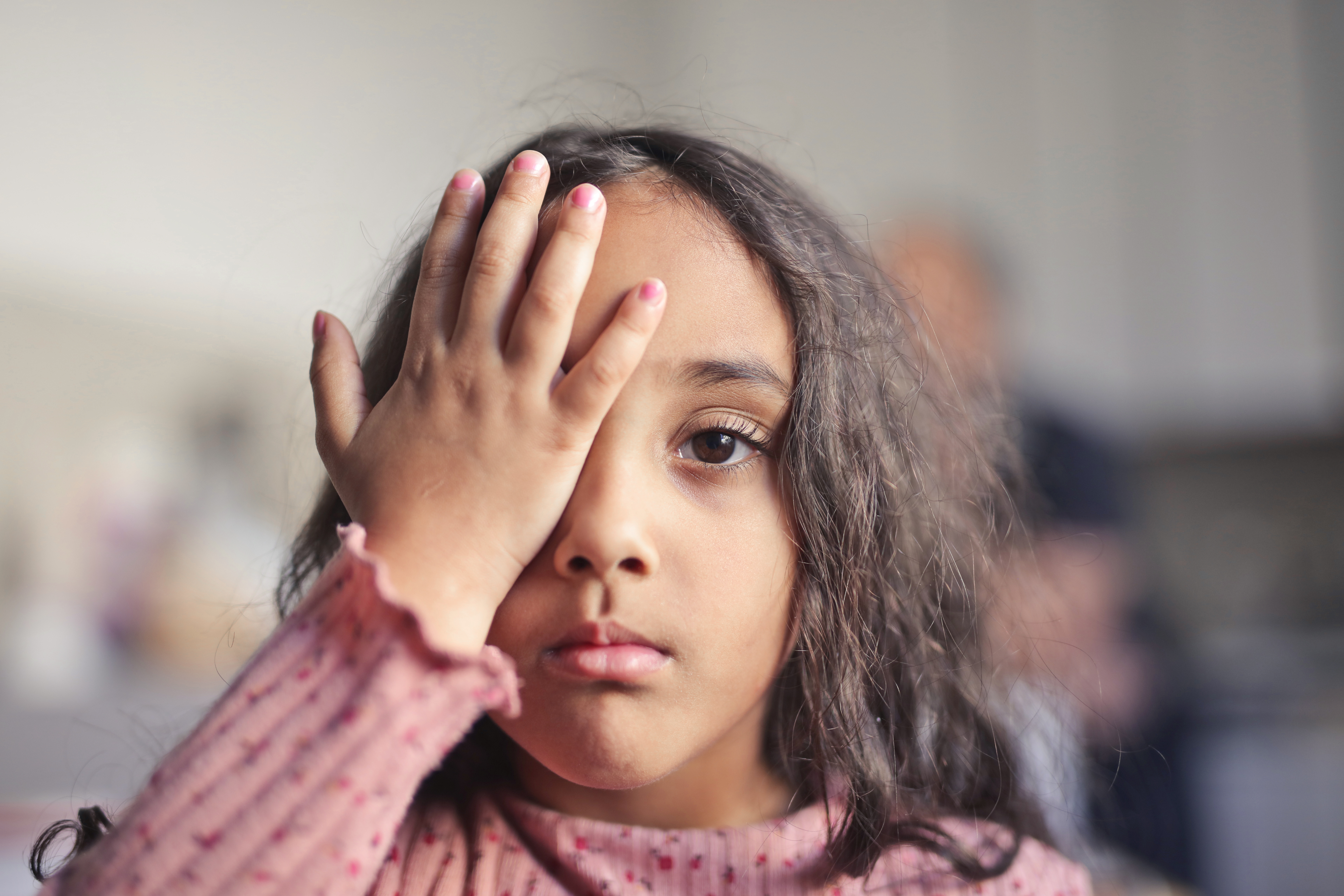Strabismus in Children
Strabismus is a very common eye condition among children, affecting nearly 2-4% of the population. It can develop from birth, through injury, or other medical conditions. Some children have perpetual Strabismus, while others exhibit the symptoms intermittently.

Identifying Strabismus:
It is a visible condition, usually diagnosed on sight, along with a complete eye exam. Special attention is given to how the eyes focus in differing light environs and movements.
When a child's eyes are not aligned, point in different directions, and exhibit the following symptoms, one can conclude that the child has Strabismus.
Inward - Esotropia
Outward - Exotropia
Up - Hypertropia
Down - Hypotropia
Esotropia is also commonly referred to as being Cross-eyed.
The straight eye retains normal vision and wear and tear, while the vision and the connection to the brain of the misaligned eye becomes weaker.
Clinical associations with Strabismus:
Strabismus may occur as an independent condition or as a result of comorbidities like,
Premature birth
Cerebral Palsy
Down Syndrome
Hydrocephalus
Brain tumour
It can also occur as a result of external trauma.
Reversing Strabismus to regular vision
The treatment protocol for Strabismus depends on the age of the child. Based on the type of Strabismus, the patient may require glasses or surgery.
Prism Glasses:
Children with Esotropia and aged over 2 years, are prescribed special glasses fitted with a prism to help focus the misaligned eye.
Patching:
The stronger eye is covered with a patch for a prescribed number of hours each day. The weaker eye is forced to strengthen and improve its vision.
Eye Exercises:
The children are taught eye muscle exercises to focus their eyes inward.
Surgery:
Corrective surgery for Strabismus is performed under General Anaesthesia. Doctors realign the eye muscles manually. The recovery period is usually 2-3 days.
The early diagnosis of Strabismus and immediate treatment as recommended by Ophthalmological experts will prevent the onset of Amblyopia, also called 'Lazy eye'. This is vital to the child experiencing normal vision, as Amblyopia can progress into full or partial blindness.